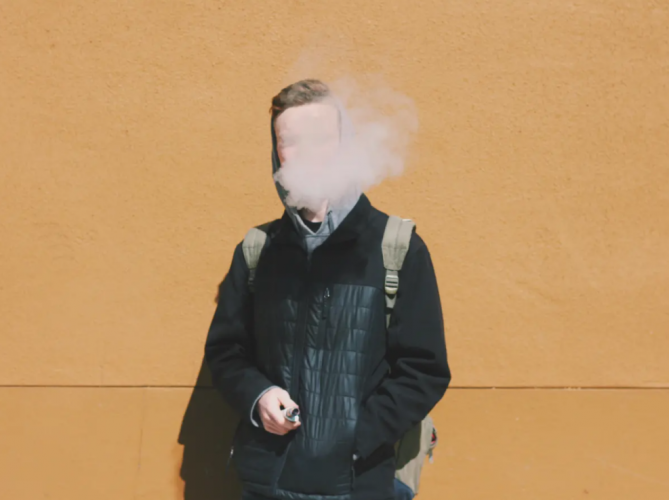“Australian teens vaping and using illegal vaping products are becoming a serious problem now” says A/Prof Becky Freeman, Dr. Christina Watts, and Sam Egger in a new study that tracked Aussie teenagers’ vaping beliefs and behaviors. The published report only goes to affirm the findings of the recently aired Four Corners documentary on ABC TV, where parents and schools expressed deep concerns about the dramatic rise of vaping behaviors and the increase in addiction cases among teens.
Update, there has been limited information relating to Australian teen vaping. However, this report, published in the Australian and New Zealand Journal of Public Health, is an eye opener with regard to the beliefs, attitudes, and behaviors of vaping teens not only in Australia but the world in general.
Table of Contents
How common is vaping among teens?
Having surveyed 700 teenagers between 14 and 17 from New South Wales, it is undeniable that the access and use of e-cigarettes among teens and non-smokers is on an uptrend. According to the study, 32% of surveyed teens have ever vaped. Of those who vaped, 52% were non-smokers or had never smoked. More than half of all vaping teens in Australia never had smoking problems before they started vaping.
Where do teens get vape from?
Again, according to the survey report, 70% of vaping teens did not purchase vapes by themselves. 80% of them acquired one from their friends. On the other hand, 30% directly bought the vape by themselves, of which 49% were purchased from friends, while 31% purchased from tobacconists, stores, and petrol stations. Online purchases are also common.
What vape products are teens using?
86% of vaping teens from the survey use disposable vapes that cost around $20-$30. They are also easily accessible via online stores for as low as $5. Usually, vapes come with flavored e-liquid, which is very appealing and tasty for teens. More often than not, disposable vapes contain high nicotine levels, considering they are made using nicotine salts instead of free-base nicotine, allowing vape manufacturers to increase nicotine amounts without causing throat irritation.
In the study, 53% of vaping teens said that they had used a vape containing nicotine components, while 27% were unsure whether they had used a vape with nicotine. According to law, all vaping products should not be sold to people under 18 years, even those without nicotine. Disposable vapes containing nicotine can only be sold to adults (with prescription) by pharmacies.
Should we end illegal vape products imports?
Of course, reversing the rapid adoption of vaping behavior among teens requires education and strict policy action, including the total ban on illegal importation and sale of vaping products. Education campaigns alone cannot help deal with the current vaping menace. Details of the study show that vaping causes adverse health effects, including poisoning, addiction, lung injury, burns, and toxicity. In fact, people who vape are 3 times more likely to be smokers than those who do not vape.
There is no single solution to the vaping crisis among teens. A multi-dimensional and concerted effort that engages all the key stakeholders, including parents, schools, government, and health bodies is necessary. The study findings should also act as a call to action for concerned individuals and groups to help end the importation and sale of illegal vaping products in Australia.

